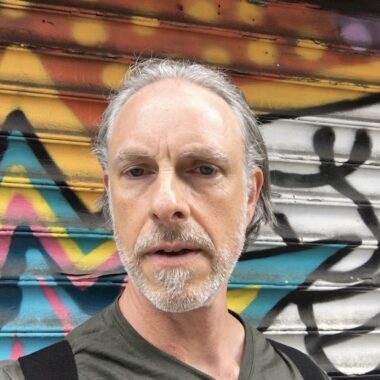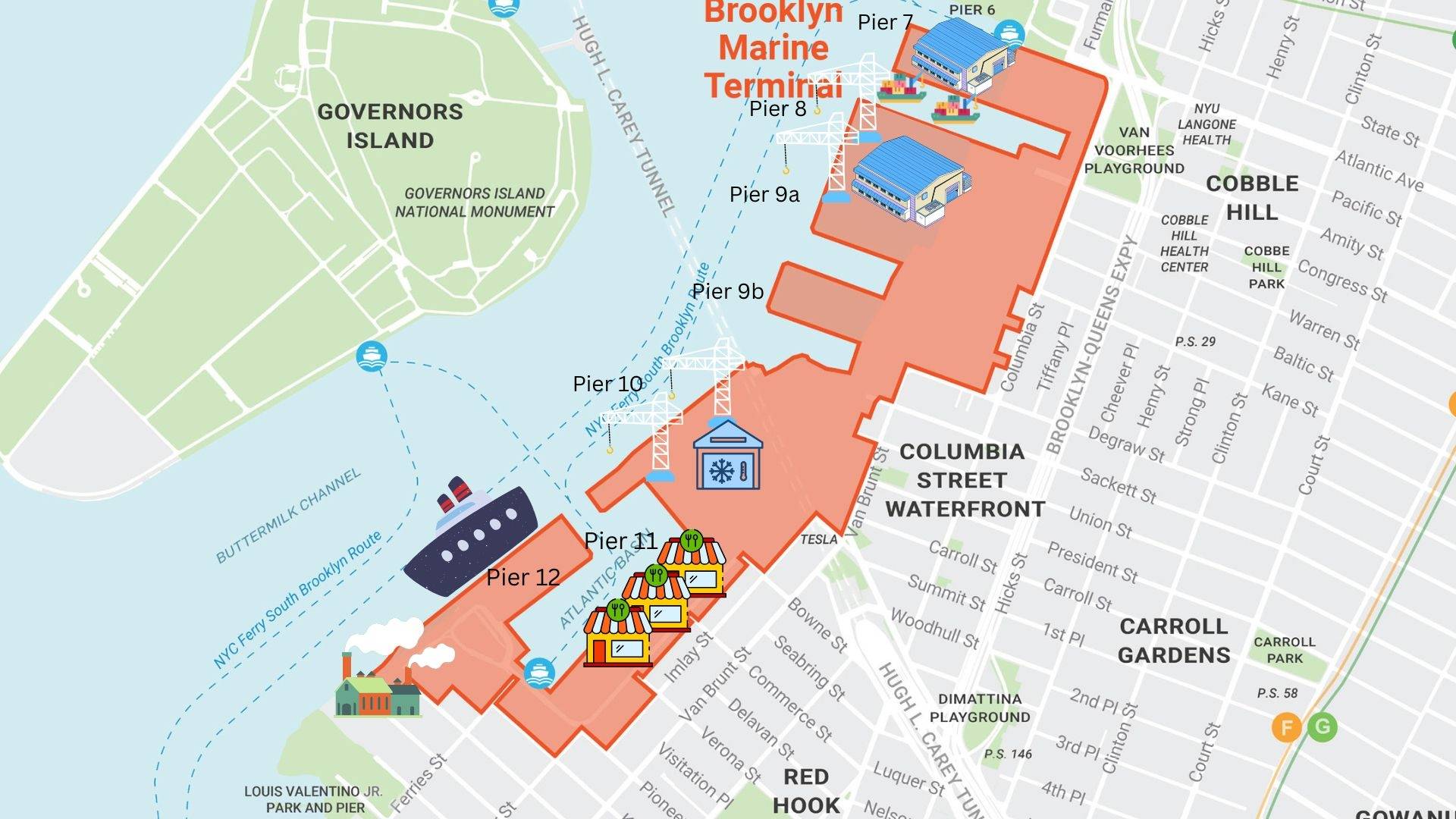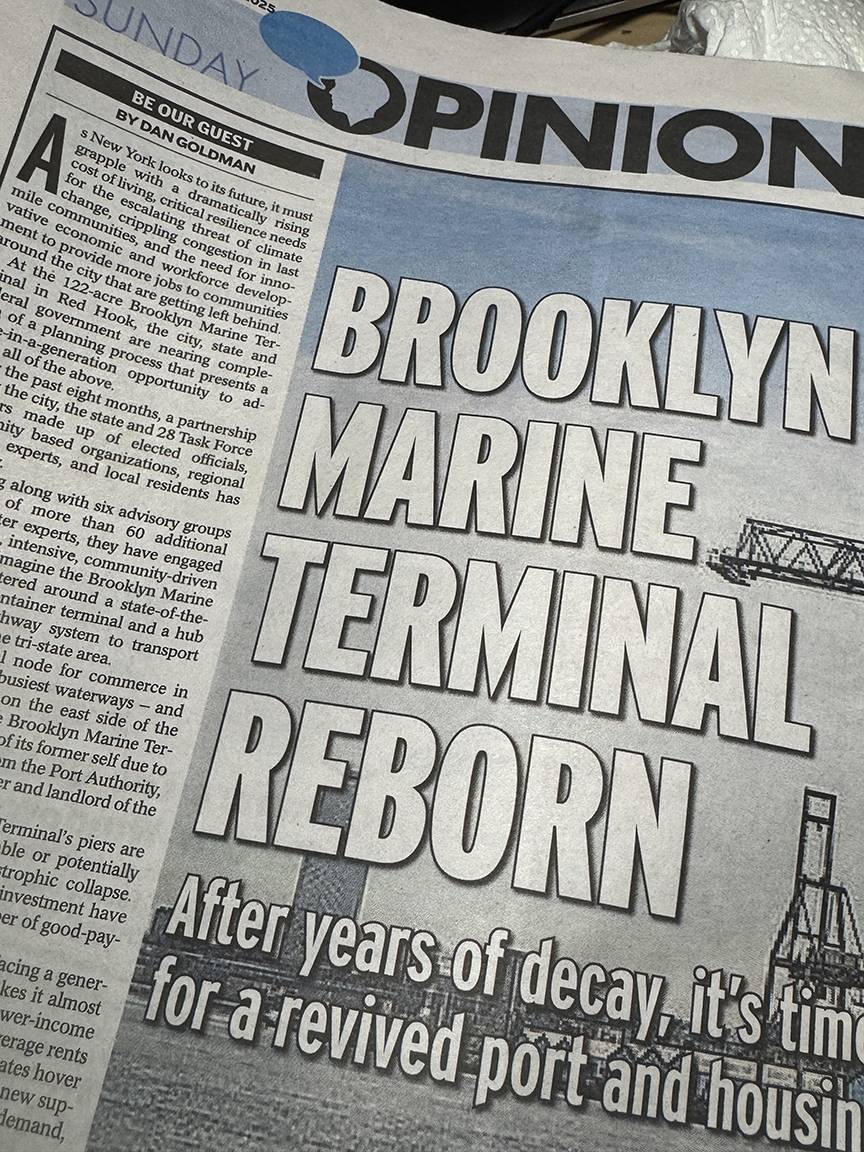Music making is a social activity. Anyone with a laptop and a bedroom can make an album, but there’s limits to that, not the least how far one’s imagination can go without the stimulus of other personalities. When musicians get together to play it’s a social activity, they make something together whether or not they’re in front of an audience. Underneath the notes and the rhythms there’s a fundamental interaction between people who are communicating through the language of sound.
So places are essential, you can’t make music if you don’t have a place to get together. One of the reasons New York City has always been one of the world centers for music making is that there’s so many people here, so many who are great musicians and so many for whom witnessing live music is intrinsic to their being. The reason it’s so frustrating and exhausting to make, and witness, music here is that places are so damn expensive. It’s hard to live here on a moderate income, and so few musicians even make that—let’s take a moment to admire not just their skill but their determination and perseverance.
Real estate and its costs is the single massive problem that every artist has to solve to make their work in New York City. The constancy of that may be the reason that music journalism almost entirely ignores the topic, somehow thinking that what musicians make is some kind of pure, idealized product when it’s the results of all sorts of struggles, compromises, contingencies, and more. An antidote to that, and one of the most important books on music from 2023, is This Must Be The Place, by Jesse Rifkin (Harper Collins). The subject is places where people have made music through modern history, like the folk scene in Greenwich Village, the “Loft Jazz” era, and booms and busts in Brooklyn in this century.
What’s refreshing and energizing about the book is how Rifkin does not use gentrification as an excuse and lament, there’s no concession to the idea of moving to a cheaper city instead of finding a way to make it here. Of course, this is the story about important spaces that are now gone, but it’s also about how musicians keep plugging away and finding spaces they can use, no matter the rent. Music keeps happening as long as people can gather together. And there are some happening places in our own city of Brooklyn where the music is fine:
- Bar Bayeaux in Prospect-Lefferts Gardens (1099 Nostrand Avenue, barbayeaux.com) is a worthy counterpart to the Village Vanguard, bringing in top talent that might not yet be established as headliners in the jazz business—maybe the kind of artists who can be found in the Down Beat “Talent Deserving Wider Recognition” jazz polls. That means monster players like Tyshawn Sorey, Ben Monder, and Mark Shim,
- Bar LunÁtico in Bed-Stuy (486 Halsey Street, barlunatic.com) is another excellent place for the world of jazz, and cocktails, and quite a success story in its own right. This month it celebrates its ninth anniversary with a dense lineup of shows that includes saxophonists Tony Malaby and Jerome Sabbagh, Caroline Davis’ Portals, the Dan Weiss Trio, singer Camille Bertault, and Saha Gnawa.
- Lowlands Bar in Gowanus (543 3rd Avenue, lowlandsbar.com) is probably less well known as a music venue but is worth checking out (it’s also a great bar). It has jazz on Tuesdays and Thursdays; Thursday night for the past year or so has mainly been handed over to the great saxophonist and composer Tim Berne and a rotating cast of musical partners that has included guitarist Gregg Belisle-Chi and bassist Chris Lightcap.
- SEEDS Brooklyn is a performance space inside saxophonist Ohad Talmor’s home in Prospect Heights (seedsbrooklyn.org). It’s a labor of love for Talmor and has had impressive staying power. It’s as small as you imagine, so get there early to get in, and BYOB.
- IBeam Brooklyn in Gowanus (168 7th Street, ibeambrooklyn.com) keeps plugging along as a cozy performance space yet to be gentrified out of existence, and perhaps the semi-industrial location helps. It’s tiny, has an emphasis on the freer side of the music, and draws great players.
- Like Talmor, drummer Andrew Drury, who was named a 2023 Jazz Hero by the Jazz Journalists Association, hosts the Soup & Sound series (soupandsound.org) in his own living room, for the most part. One of the alternate spaces he uses is Sisters in Clinton Hill (900 Fulton Street). There’s regular music there that leans toward the free-jazz/non-jazz side of things, with musicians like saxophonist Sam Weinberg, trumpeter Chris Williams, and violist Joanna Mattrey.
For one night this month, the world of jazz venues in Brooklyn expands dramatically for the annual Winter Jazzfest, happening January 10-18 (winterjazzfest.com). The weekend marathons (January 13 in Manhattan and January 14 in Brooklyn) are the core of the experience, with multiple sets in multiple venues. There’s plenty of great music to catch, but where the Manhattan marathon used to be centered in the Village, with multiple venues within easy walking distance, now things are spread apart and you mostly have to pick a spot and plunk yourself down for the duration—it may be a marathon show, but it’s no longer a festival experience. The real estate is an obstacle to the music (especially now that the New School no longer hosts any shows, which seems to be part of their process of abandoning their original social and intellectual values and moving fully into the NYU-type private college/real estate conglomerate model).
This is especially true in Brooklyn, where the marathon is in Williamsburg, not just gentrified but now enormous, expanding to apply its dubious prestige to neighborhoods not yet touched by SoHo-like shopping experiences. There’s a lot of shows at nightclubs which aren’t great for jazz (you’ll be doing a lot of standing). The most central location is Wythe Avenue, with Superior Ingredients and Brooklyn Bowl across the street from each other and Loove Labs about a third of a mile down. The two also host some of the most intriguing sets in the festival, with Laraaji then the Steve Lehman Trio on the Superior Ingredients Rooftop starting at 4:30 p.m., Mary Halvorson, Matana Roberts, and Kahil El’Zabar’s Ethnic Heritage Ensemble inside, and Burnt Sugar The Arkestra in the Bowl across the street (though some set times overlap).
There’s also the killer combination of Shabaka, Jason Moran, Carlos Niño, and Saul Williams at the Music Hall of Williamsburg—be ready for anything and everything with these musicians—with a tribute to Pharoah Sanders at the end of the night. The wonderful Roy Nathanson closes down Loove Labs (which is a nice, small, acoustic jazz space as opposed to the nightclubs). But the one place I would park myself for the night, because you pretty much have to pick one, is Union Pool. Starting with Samir Langus’ gnawa-fusion at 6:15., there are sets from Natural Information Society, Mendoza/Hoff ‘REVELS’ (their debut album is one of the best of the year), the duo of Ryan Sawyer and Wendy Eisenberg, and at the end of the night, the mighty, mighty Harriet Tubman, not just one of the great jazz-rock groups there is, but the best rock band in America, bar none.
Author
-

George Grella wrote the book on Miles Davis’ Bitches Brew. He write other stuff too. killyridols.substack.com/
View all posts
George Grella wrote the book on Miles Davis’ Bitches Brew. He write other stuff too. killyridols.substack.com/












One Comment
Amazing writeup George, jazz lovers delight. Try BAR 333, 333 Flatbush Avenue/7th Ave. They have great live jazz band playing every Wednesday night.